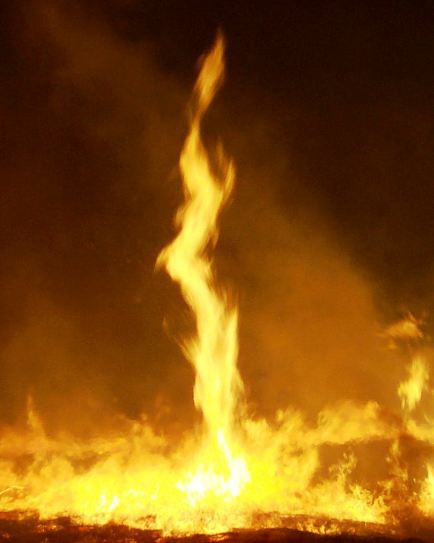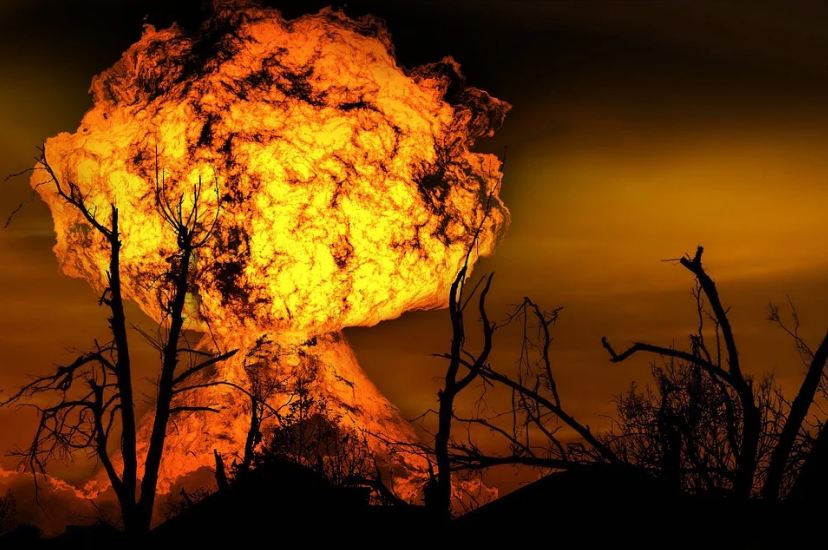Natural calamities are one of the most disastrous events in many parts of the world. Besides massive damaging impacts of nuclear weapons and huge explosions, storms, typhoons, earthquakes, and tornadoes, are much-feared weather phenomena.
Recently, tornadoes have been in the U.S. headlines as severe weather occurred in the Midwest, with above-average tornado activity noted in 2019. In March, 41 tornadoes were seen in Alabama, Georgia, Florida, and South Carolina. For example, during an outbreak of severe weather on the said month and the second half of May with 483 tornadoes across the U.S.
This is not new to the country since, according to NOAA, an average of 1,253 tornadoes occur each year. A total of 991 were also reported in 2018.
Tornadoes come in different intensities, shapes, travel times, and even form. Generally, tornadoes come from supercell thunderstorms-air columns rapidly rotating and connected to a thunderstorm base in contact with the ground.
Travel time and intensity of tornadoes determine their impact on where they are occurring and passing by. Weaker types generally last about 10 minutes and travel only short distances, while stronger ones can last for several hours and travel hundreds of miles.
Tornadoes come in many shapes and sizes and may transition from one form to another several times if they are on the ground for more extended periods. Many apt names, such as elephant trunk and drill bit, have been used to describe the shapes tornadoes can assume, but there are a few primary forms like a cone, rope, wedge, Multi-Vortex, and Satellite, and Non-Supercell tornado.
Surprisingly, besides storms and strong winds that make up tornadoes, fire can also be an element present in a tornado, and it is called a fire whirl or a fire tornado.
What is a Fire Tornado?
A fire tornado, commonly called a firenado, results from wildfire and wildfire conditions that are so intense that the fire produces an actual tornado.
Fire tornadoes are cyclones of flame and ash formed from extreme heat, turbulent winds, and uneven terrain. Currents of hot air produced by the fire flow upward, and air rushes in from the sides that cause a horizontal wind. Air comes together from all directions into the location of the updraft, and sometimes wind shear (air flowing in different directions) enters the mix. That’s the source of the fire tornado’s initial rotation.
When it has gathered strength and speed, it will create its weather system, with the vortex concentrating in the lower atmosphere. The vortex that can have winds exceeding 140 miles per hour and last 20 minutes pull up embers, ash, flames, dirt, and debris.
Some fire tornadoes produce a pyrocumulonimbus cloud or a fire-generated thunderstorm. It adds more heat into the atmosphere, therefore doubling the effect of the fire. The vortex is the main damage-causing factor, but the ashes and embers flung to the other areas cause more fire.
The fire tornado’s path is generally unpredictable and extremely dangerous, not just with the severe damaging vortex but also with the ash and embers flung to other areas that start more fires.
Fire Tornadoes vs. Fire Whirls
Often, fire tornadoes and fire whirls are interchanged, but they are two different phenomena. Although they both start with strong updrafts and inflows from the fire itself, their intensities and sizes vary. A fire tornado produces so much heat that it forms an actual tornado.
Meanwhile, a fire whirl is relatively a tiny whirlwind on the ground made of flame or ash. It is sometimes called a fire devil. Fire whirls come from the intense heat that rises and turbulent winds that form whirling eddies of air that can suck in debris and combustible gases.
Why Are Fire Tornadoes Happening?
On August 15, 2020, the Loyalton Fire in California that burnt more than 20,000 acres produced a fire tornado that triggered a warning for the area with funnel winds thought to exceed 60 miles per hour. The vortex was unpredictable, thus posed so much danger. The wind instantly changed and brought the formation right on top of the firefighters who could not get into what appears as a safe Fireline.
Residents and officials were concerned that the hot weather may trigger more fire tornadoes as the area hits the prime season of fire.
In 2003, a violent fire tornado happened in Canberra, Australia, with the Canberra bushfires that triggered an F3 rated tornado that claimed four lives and injured 492 people. This was followed by an EF3 tornado with winds that exceeded 143mi/hr. It took place in Carr Fire in Redding, California, in 2018.
Famous Fire Tornadoes
The Great Peshtigo Fire – October 8, 1871
Slash-and-burn farming techniques, a dry summer, and a violent cold front swept in, bringing heavy winds that converted a few tiny grassland fires into a roaring inferno ignited the fire that devastated the flourishing mill town. Peshtigo is in the heart of thick pine and hardwood stands, with hundreds of lumberyards and wooden structures overflowing with wood trash and cut timber.
When the fire made its way into town, it found plenty of fuel. A gigantic fire tornado whirled across Peshtigo in a couple of minutes, generating 100 mph (161 kph) winds and temperatures reaching 700° Fahrenheit (371° Celsius). Those who did not make it to the river perished in the fire.
The Great Kanto Earthquake – September 1, 1923
On September 1, 1920, tectonic plates shifted significantly below Sagami Bay, 30 miles (48 kilometers) south of Tokyo, unleashing the double whammy that such catastrophes are known for: a severe earthquake followed by a tsunami. Thousands of people died in Yokohama and Tokyo as a result of these two disasters. But then there was the fire, which raged through communities of wooden houses, forcing residents to leave before the flames engulfed them.
Thousands of people rushed to the Sumida River, hoping to find safety near the water, only to be shut off by a seething, 300-foot-tall (91-meter-tall) funnel of fire known as a “dragon twist” by locals. The fire tornado killed nearly 45,000 people, bringing the total death toll to 140,000. When the fire was ultimately put out, 45% of Tokyo had been destroyed.
San Luis Obispo Fire – April 7, 1926
Lightning struck a Union Oil Company tank farm’s oil reservoirs 2.5 miles (4 kilometers) south of San Luis Obispo, California, during a moderate storm over the city on the morning of April 7, 1926. The discharge ignited the oil or vapors above it, resulting in a five-day inferno that burned through nearly 6 million barrels of oil.
Hundreds of tornadoes erupted as a result of the fire, according to eyewitnesses, over the length of the disaster.



